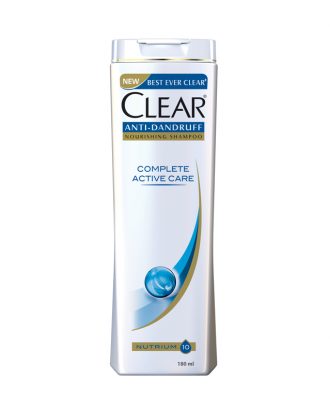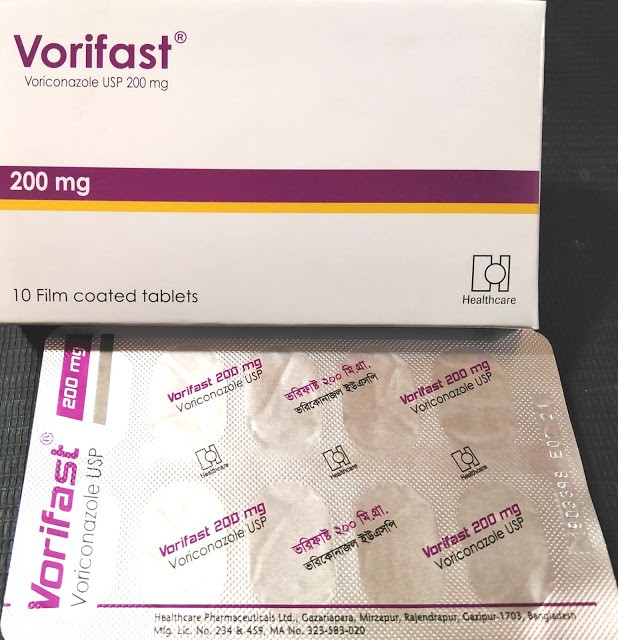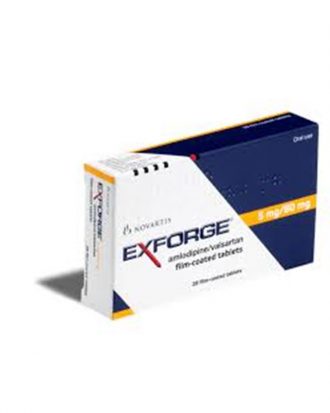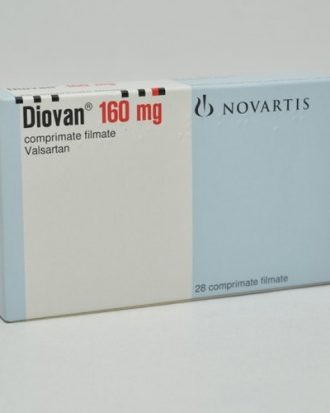Subtotal: ৳ 1,340.00
Vorifast (Tab) 200mg
৳ 130.00
Indications
Voriconazole is a broad-spectrum, triazole antifungal agent and is indicated in adults and children aged 2 years and above as follows:
- Treatment of invasive aspergillosis.
- Treatment of candidaemia in non-neutropenic patients.
- Treatment of fluconazole-resistant serious invasive Candida infections (including C. krusei).
- Treatment of serious fungal infections caused by Scedosporium spp. and Fusarium spp.
Voriconazole should be administered primarily to patients with progressive, possibly life-threatening infections. Prophylaxis of invasive fungal infections in high risk allogeneic hematopoietic stem cell transplant (HSCT) recipients.
Therapeutic Class
Pharmacology
Dosage
Therapy must be initiated with the specified loading dose regimen of either intravenous or oral voriconazole to achieve plasma concentrations on day 1 that are close to steady state. On the basis of the high oral bioavailability (96%), switching between intravenous and oral administration is appropriate when clinically indicated. Detailed information on dosage recommendations is provided in the following table:Loading dose regimen (first 24 hours)-
- Patients 40 kg and above: 400 mg every 12 hours.
- Patients less than 40 kg: 200 mg every 12 hours.
Maintenance dose (after first 24 hours)-
- Patients 40 kg and above: 200 mg twice daily.
- Patients less than 40 kg: 100 mg twice daily.
Injection-
Invasive Aspergillosisd :
- Loading dose: 6 mg/kg 12 hourly for the first 24 hours.
- Maintenance Dose: 4 mg/kg 12 hourly.
Candidemia in nonneutropenic patients and other deep tissue Candida infections:
- Loading dose: 6 mg/kg 12 hourly for the first 24 hours.
- Maintenance Dose: 3-4 mg/kg 12 hourly.
Scedosporiosis and Fusariosis:
- Loading dose: 6 mg/kg 12 hourly for the first 24 hours.
- Maintenance Dose: 4 mg/kg 12 hourly.
Administration
Interaction
- CYP3A4, CYP2C9 and CYP2C19 inhibitors and inducers: Adjust Voriconazole dosage and monitor for adverse reactions or lack of efficacy.
- Voriconazole may increase the concentrations and activity of drugs that are CYP3A4, CYP2C9 and CYP2C19 substrates. Reduce dosage of these other drugs and monitor for adverse reactions.
- Phenytoin or Efavirenz: with co-administration, increase maintenance oral and intravenous dosage of Voriconazole.
Contraindications
Side Effects
Pregnancy & Lactation
Precautions & Warnings
- Long term exposure (treatment or prophylaxis) greater than 180 days (6 months) requires careful assessment of the benefit-risk balance and physicians should therefore consider the need to limit the exposure to voriconazole.
- Squamous cell carcinoma of the skin (SCC) has been reported in relation with long-term voriconazole treatment.
- Non-infectious periostitis with elevated fluoride and alkaline phosphatase levels has been reported in transplant patients. If a patient develops skeletal pain and radiologic findings compatible with periostitis voriconazole discontinuation should be considered after multidisciplinary advice.
Use in Special Populations
Elderly: No dose adjustment is necessary for elderly patients.
Paediatric population: The safety and efficacy of Voriconazole in children below 2 years has not been established.
Renal impairment: The pharmacokinetics of orally administered voriconazole are not affected by renal impairment. Therefore, no adjustment is necessary for oral dosing for patients with mild to severe renal impairment. Voriconazole is haemodialysed with a clearance of 121 ml/min. A 4- hour haemodialysis session does not remove a sufficient amount of voriconazole to warrant dose adjustment.
Hepatic impairment: It is recommended that the standard loading dose regimens be used but that the maintenance dose be halved in patients with mild to moderate hepatic cirrhosis (Child-Pugh A and B) receiving voriconazole. Voriconazole has not been studied in patients with severe chronic hepatic cirrhosis (Child-Pugh C). There is limited data on the safety of Voriconazole in patients with abnormal Liver Function Tests (aspartate transaminase [AST], alanine transaminase [ALT], alkaline phosphatase [ALP], or total bilirubin >5 times the upper limit of normal). Voriconazole has been associated with elevations in liver function tests and clinical signs of liver damage, such as jaundice, and must only be used in patients with severe hepatic impairment if the benefit outweighs the potential risk. Patients with severe hepatic impairment must be carefully monitored for drug toxicity.

 Clear Complete Active Care | 180 ml
Clear Complete Active Care | 180 ml  Clear Men Anti-Dandruff | 330 ml
Clear Men Anti-Dandruff | 330 ml 




Reviews
There are no reviews yet.